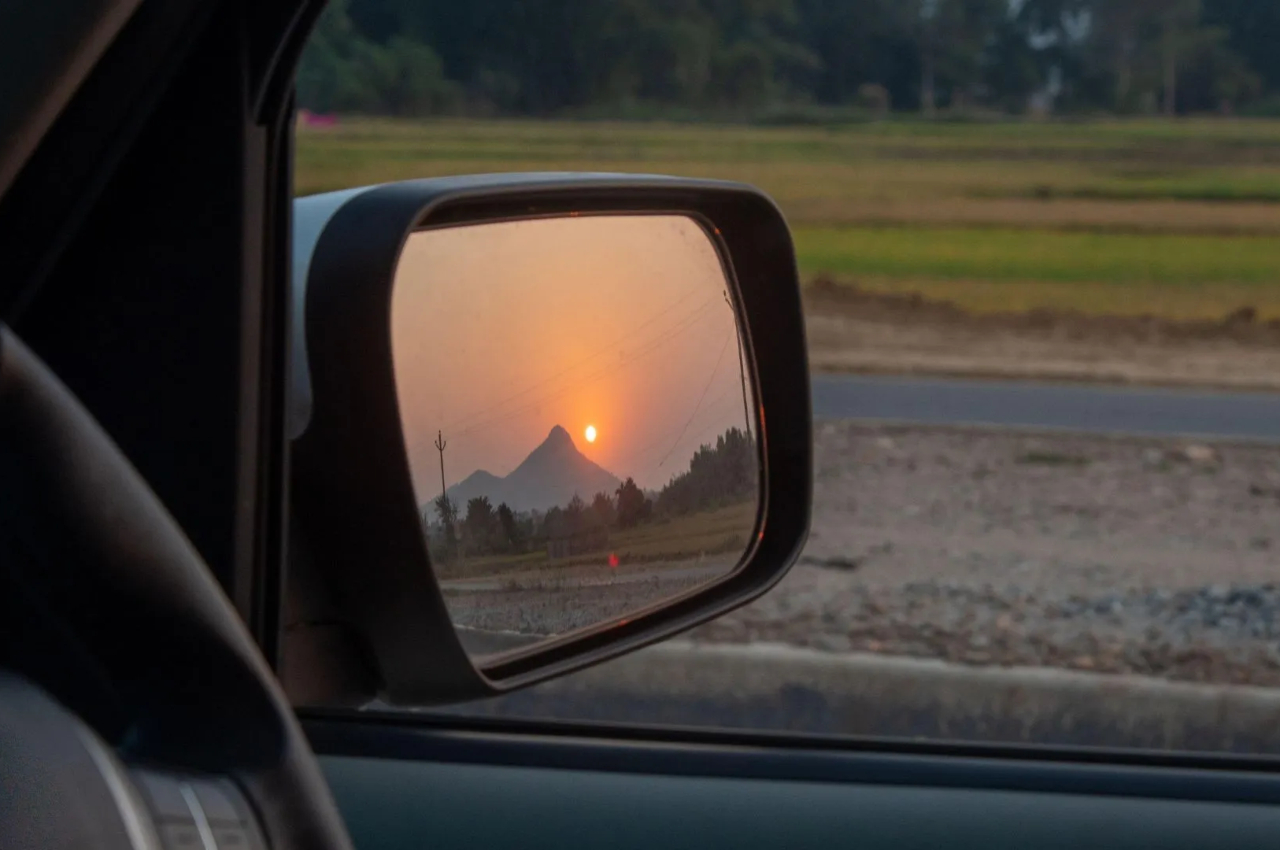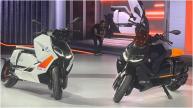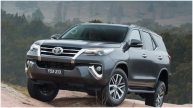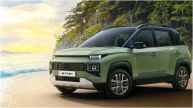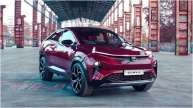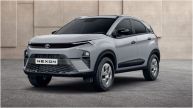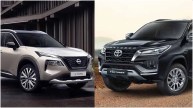New Delhi: While EVs are a massive buzzword in the Indian car market right now, it will take some time for their sales to catch up with petrol and diesel vehicles, with many potential buyers still hesitant to jump in. A big reason for this reluctance has to do with the limited range of EVs and how that limits their use to city limits, preventing long-distance trips to stops.
To help debunk this myth, Autocar India recently completed a 4,466 km journey from Kashmir to Kanyakumari in an EV – the Porsche Taycan. With a little planning, it was not only possible, but also easy and relaxing. While there are many aspects that made this possible, the main concern was regularly charging the car along the way and how to do it. And that goes for every EV.
We have got for you 8 tips to consider to keep your EV comfortably charged on a road trip around India.
Also Read :- Best scooters under Rs 70,000 in India: TVS Jupiter 110 to Honda Dio
1. Plan your route
This may sound obvious on a long journey, but it matters even more with an electric car. Plot your exact route on a map service like Google Maps or MapMyIndia and see how long it will take you just by driving.
This will give you an idea of how many breaks you’ll want to take along the way to eat or just rest, and if it’s a very long trip, how many days it will take and where you can spend the night. Choose hotels, lunch stops and picnic spots in advance, according to your preferences and those of your passengers.
2. Download charging apps
Once you’ve done this, you can now factor in where and when you’ll be charging your vehicle. Tata Power currently has the widest network of public chargers in the country and they are brand agnostic, so downloading and signing up for this app is a good place to start.
But beyond that, we recommend PlugShare, a community app that not only shows all the chargers in the country, but has helpful tips from those who have used them. They will even tell you if there is a restaurant nearby. Plus, if you come across a charger from a new brand, you’ll probably need to download this app to use it.
3. Have a Plan B charger
While public chargers are popping up across the country with automakers, large corporations, smaller start-ups and even oil companies installing them, not all are yet active, even though they may be listed on apps. As a result, keep in mind a backup charger near your route for each planned charging stop.
But proximity is relative given how sporadic our charging network is at the moment, and it might mean moving to the next big city, so take that into account. Additionally, most stations only have one or two chargers, and if there’s already a queue, you may want to move on to the next location.
Also Read :- Toyota Avanza soon to launch; Check key features here!
4. Find out how long it takes to charge your EV
It may seem simple, but new EV owners often don’t realize how long it takes to charge compared to refueling. Even on a 25kW DC charger – like most of them – depending on the state of charge, you can wait at least an hour, if not more, for a full charge.
That’s why it’s important to check your EV’s required charging time in the owner’s manual or on the Autocar India website to get at least some idea of your wait. Then, of course, if you’re queuing behind another car, that time just gets longer.
5. Do not fully charge unless you have to
If your destination is just a short distance away, you may not need to charge as much as 100 percent. Remember that the charging speed, regardless of car or charger, slows down towards the end, usually after the 80 percent mark, so the wait for the last 20 percent is disproportionately longer.
Check your EV’s estimated range and if it’s comfortably more than the distance to your destination, consider stopping charging and saving sometime. The next person in line will be grateful too. Of course, if you want to have a full battery for later use, top it up.
6. Have a credit card and/or digital wallet set up
A credit card or digital wallet is a must for using public chargers in India. While you can still pay for petrol or diesel with cash, almost every public charger works on an app from the charger manufacturer.
And in order to use these apps, you usually need to top up your digital wallet, which can be done either through a credit card, bank transfer, or another digital wallet like PayTM or Google Pay. A charging app will usually ask you to enter how many units, kilowatts or rupees you’d like to charge during your session, but don’t worry about the calculation; anything you don’t use will be added back to your balance.
Also Read :- Mahindra XUV400 vs Mahindra XUV300: Know difference
7. Carry an extension cord
This is by no means essential, but it can help you in an emergency. If you simply can’t find a public charger on your journey and your battery is low, sometimes your only option is to recharge at a 15A outlet. Note that this is the slowest way to charge any EV and can take up to a full day to fully charge.
So this is really only a last resort, and only if you have a few hours to spare, like an overnight stay. In addition, this plug point may not be conveniently located and the cable supplied in the car may not reach. There are companies that specialize in making extension cords for electric cars and the one we took to drive our Taycan was a 15A plug with a 25 meter heavy duty 3 core cable. Ours even allowed us to create our own ground if the source didn’t have one.
8. Deadline
In the end, it’s best to accept that long journeys in an EV will take longer than in a petrol or diesel car. Don’t give yourself a fixed deadline, and if it’s not possible in a day, extend it to two. We could have done Kashmir to Kanyakumari in much less days, but allowed ourselves a comfortable buffer for range and charging.
Sometimes an available charger will be conveniently located at your overnight stop, other times it will be in the middle of your ride, but don’t let that put you off. The relief also applies to your driving style; with non-transmission EVs tend to be less efficient on the highway than in the city, and the faster you go, the faster they drain the battery.
Read More – Latest Auto News
